Shimla: The slow contoured life of an imagined Smart City
by Ayona Datta
For all purposes, Shimla is slow. It takes a long time to reach the city from other metropolitan cities. Its airport is 22 kms away and only hosts overpriced AirIndia flights, its small railway station brings in the UNESCO World Heritage narrow gauge line from Kalka to Shimla in 6 hrs (a journey that is made by car in 2-3 hrs), and its distance of 350 km from Delhi takes about 9-10 hours to complete, adding extra time because of the incessant roadworks and landslides along the hilly roads to 2276m above Sea level where Shimla is located. But most importantly, in Shimla it is not merely the distance but the topography which makes its temporality subservient to the contours of its mountainous terrain. Clock time is relevant, but in Shimla all clocks must listen to the sounds of the hills – the overflowing streams in the rains which can flood the roads, the silent mist settling into the valley which can reduce visibility in an instant and slow all traffic, the snow and rains that make any construction or repair work difficult outside summer months, and the depleting khads (rivulets) and baudis (springs) supplying water to a town that has expanded far beyond its projected 26,000 population as a summer capital of the British Raj. This slow and cyclical time determined by the hills rather than the clocks, presents a fundamental challenge to its dreams of an urban future.
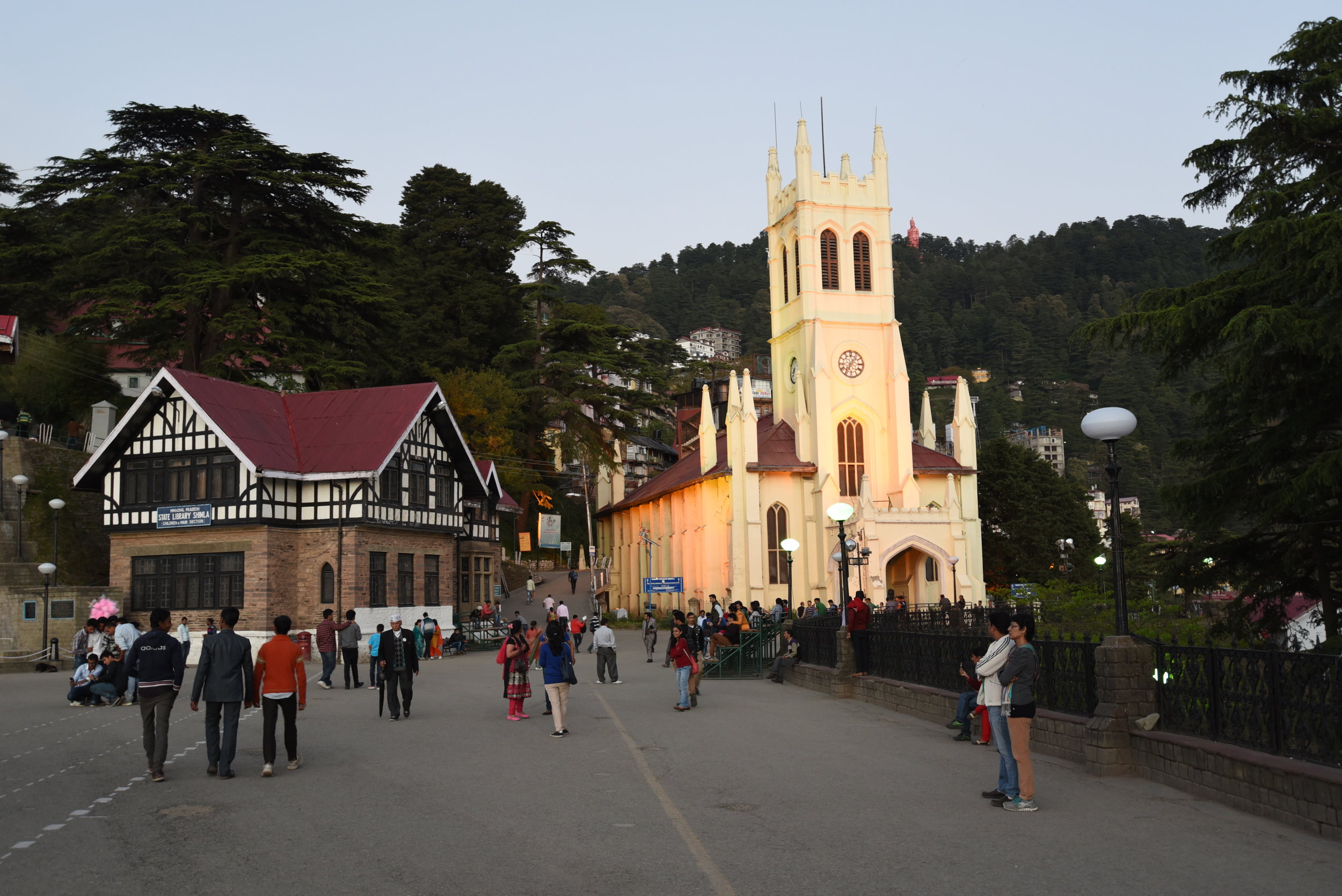
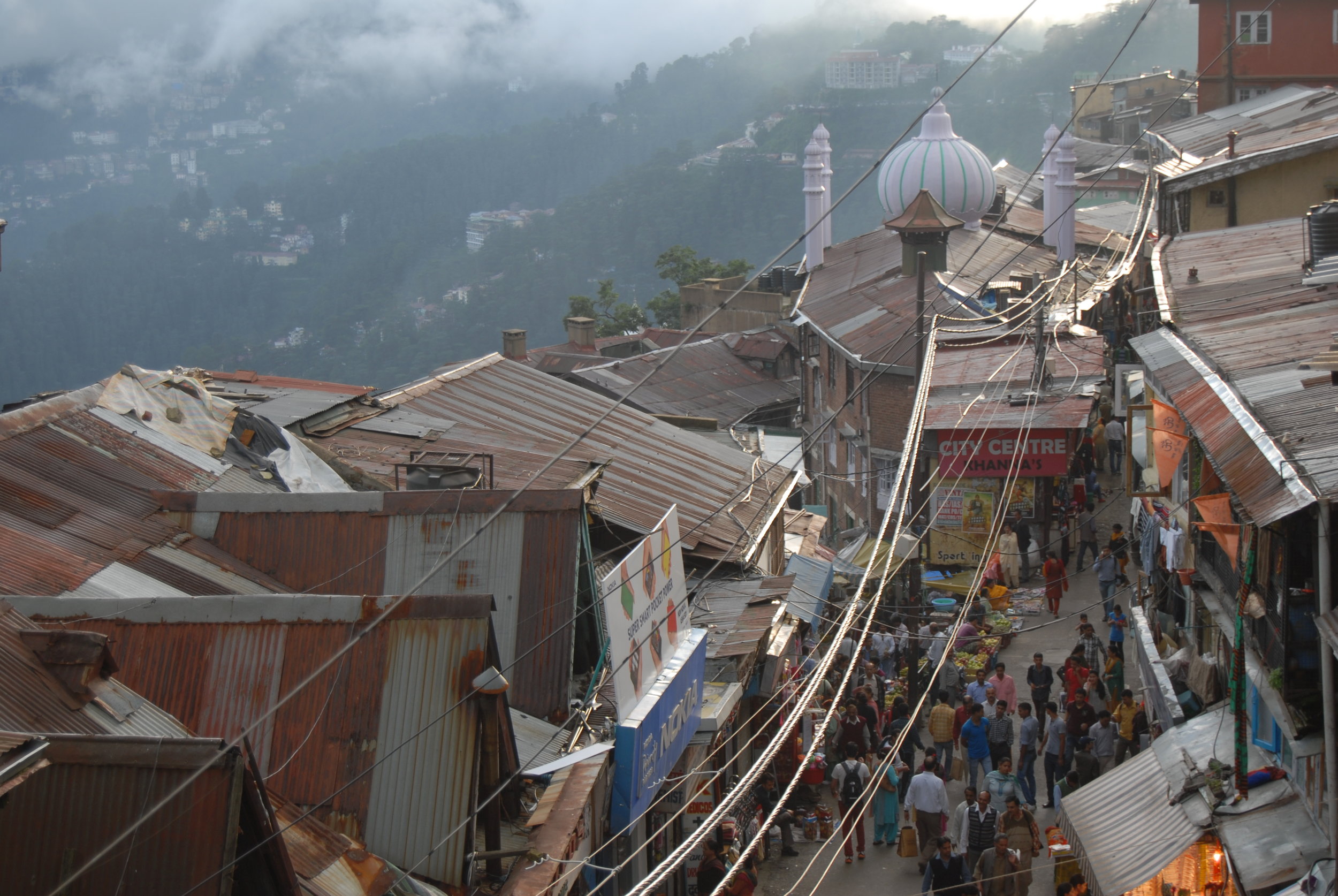
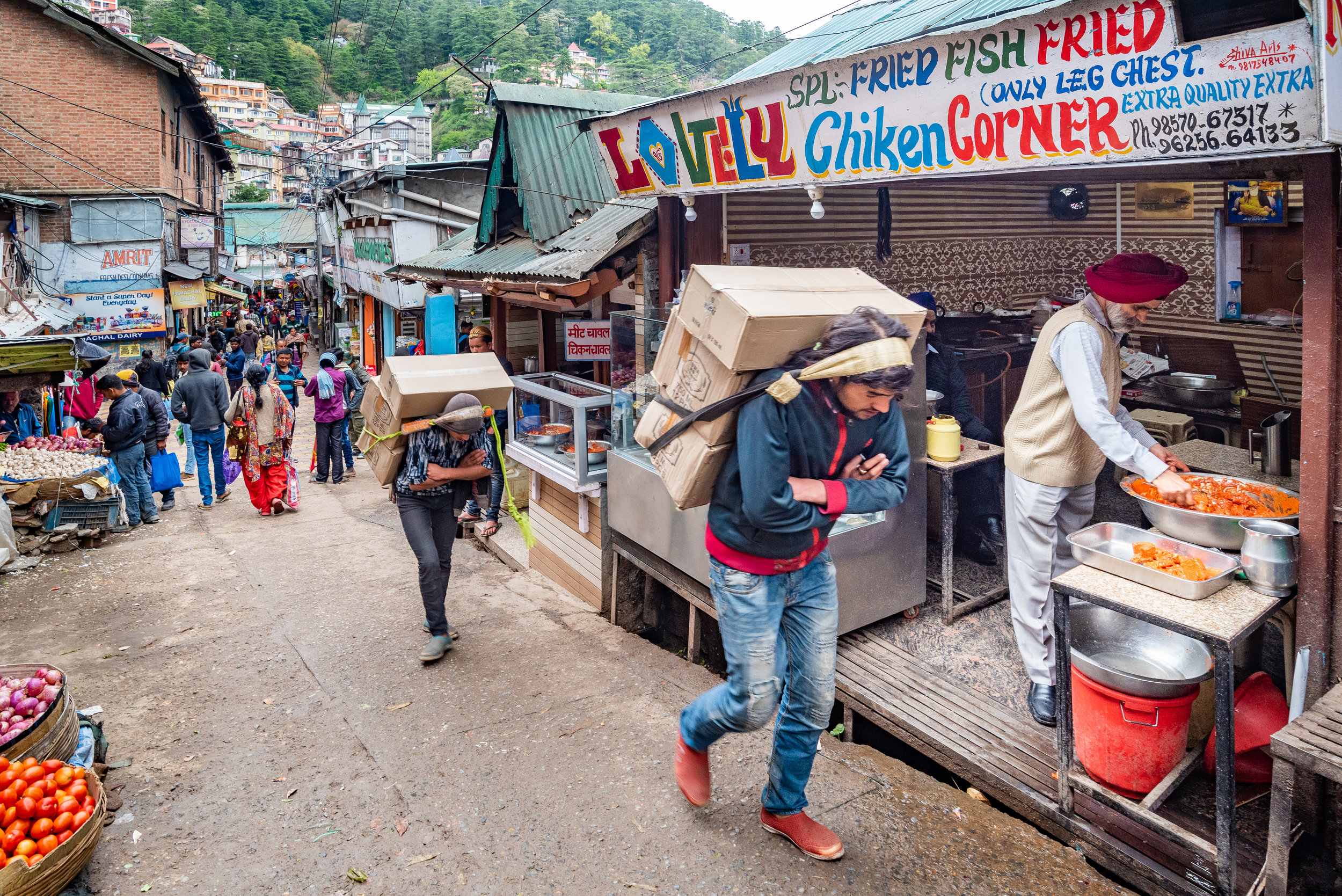
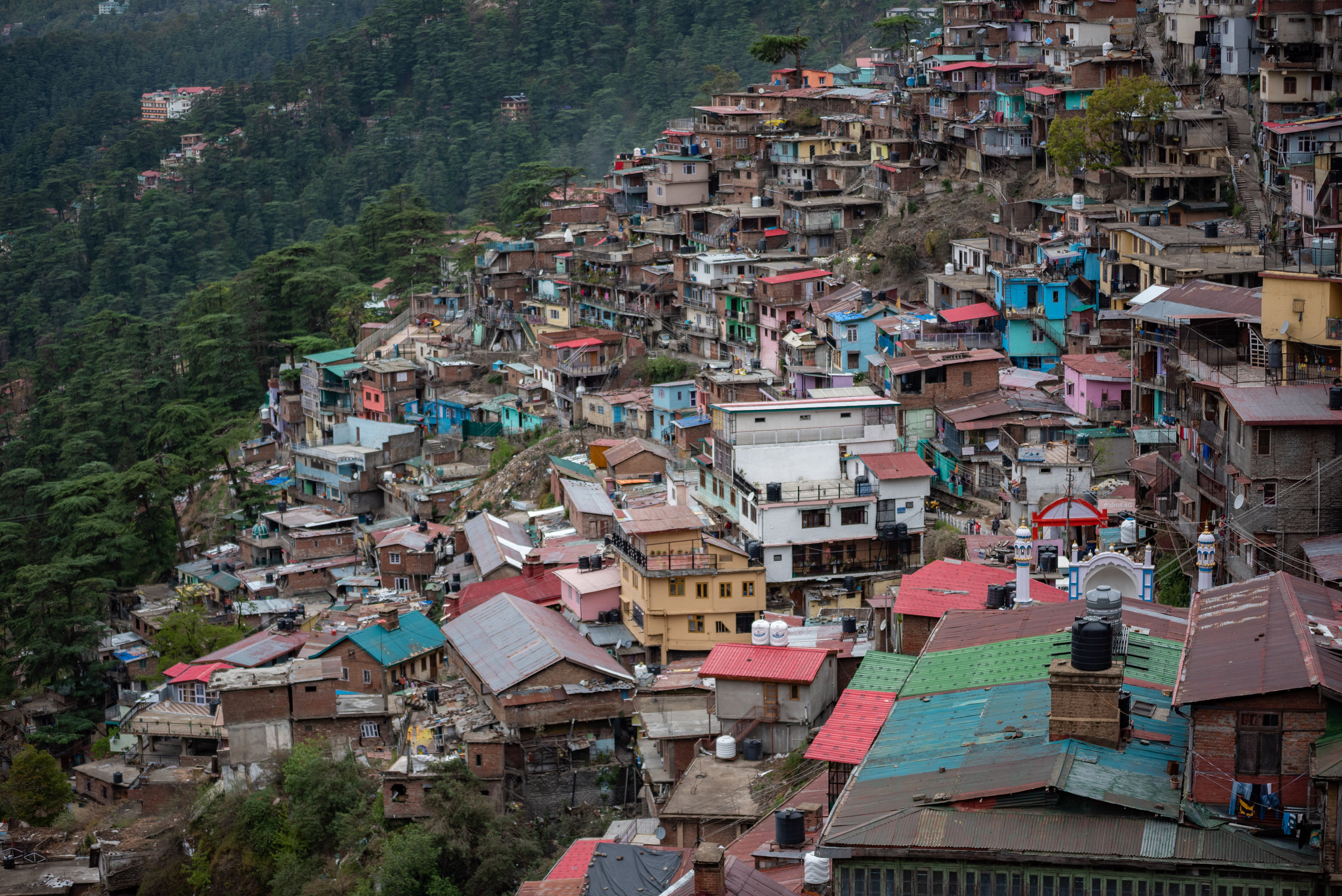
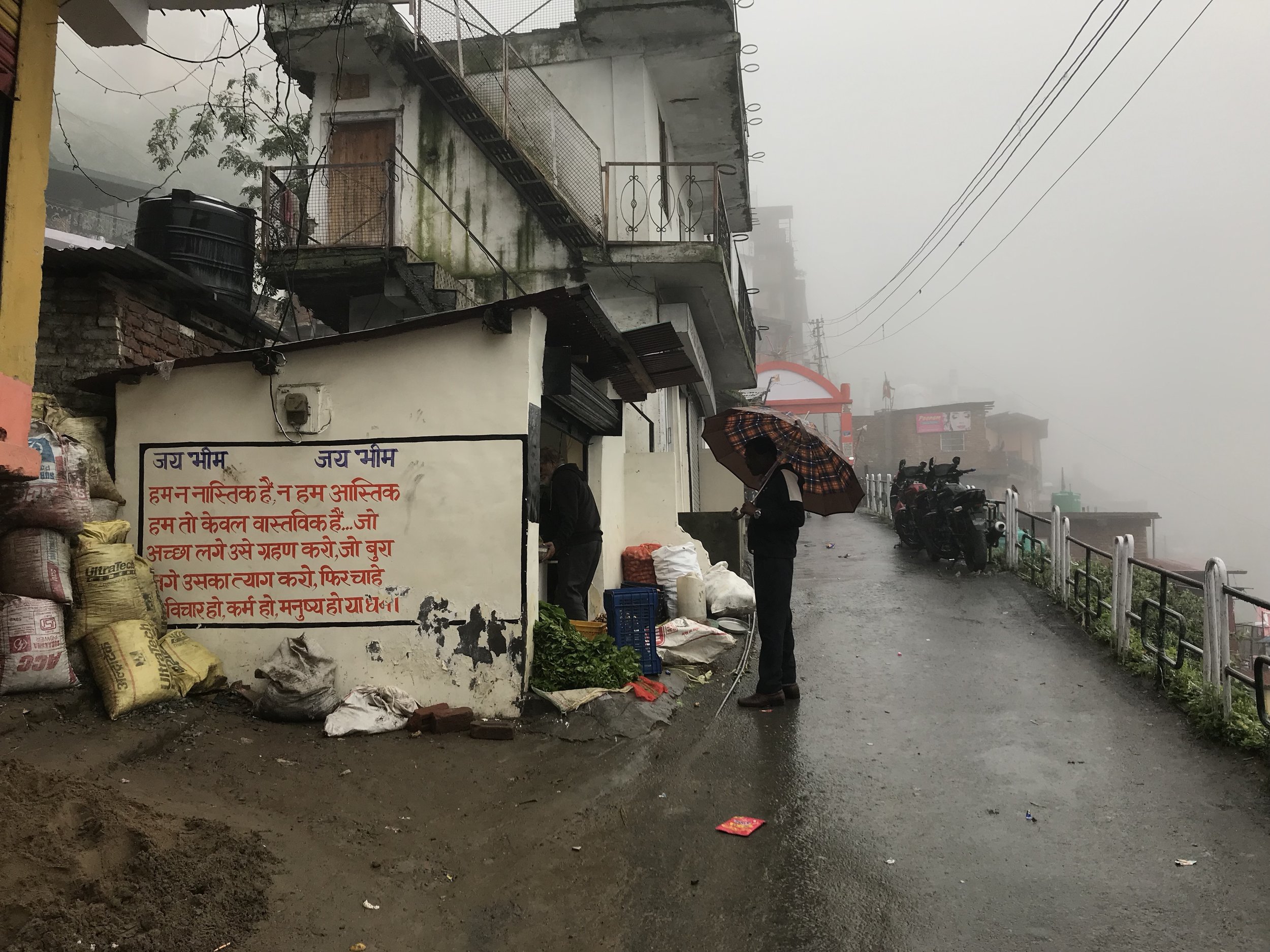
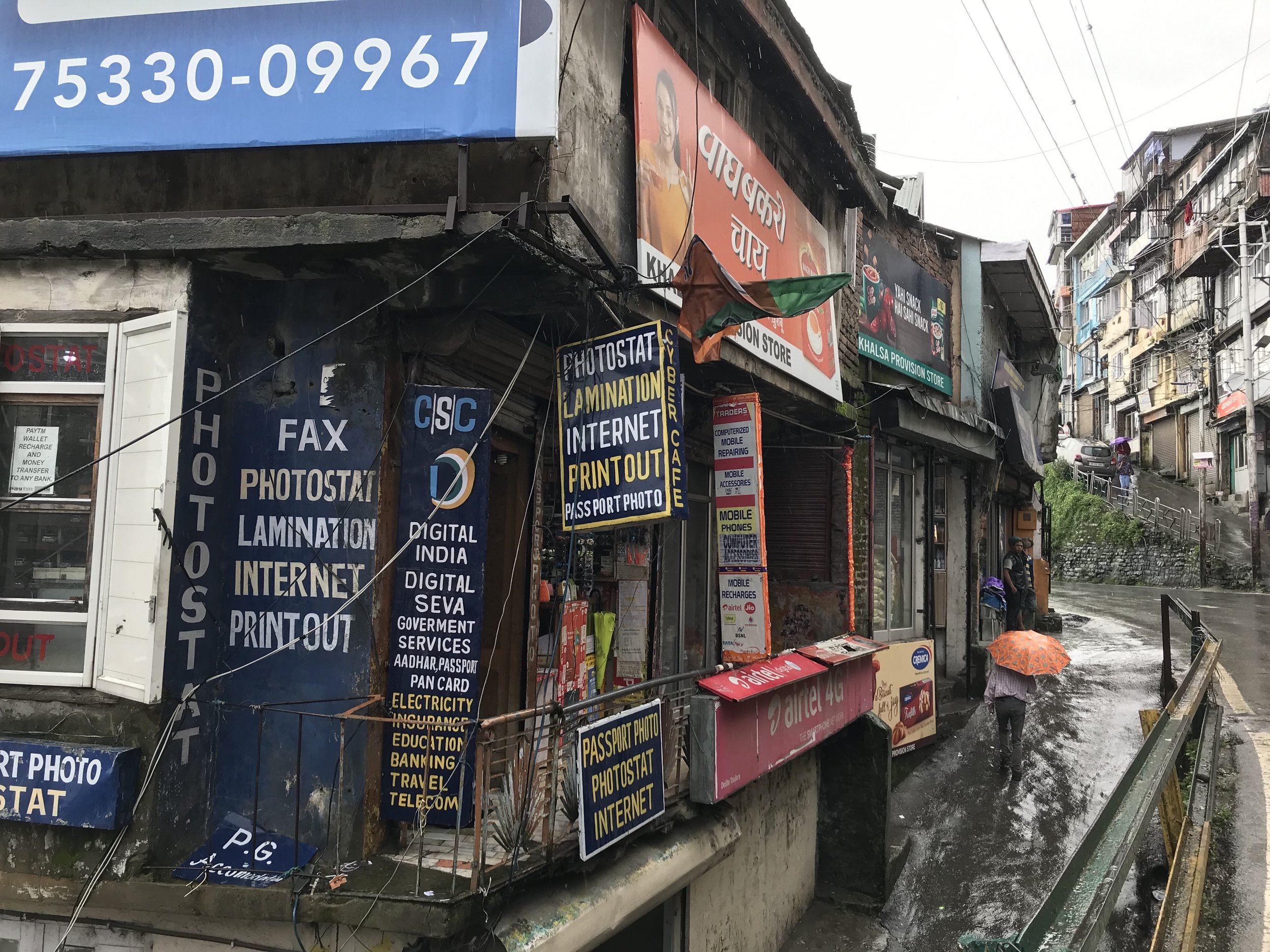
Shimla - A future Smart city?
Shimla’s aspiration to be a smart city is well documented in the public domain. It was not nominated in any of the 100 smart cities commissioned by the Indian government, rather its ‘poorer’ neighbour Dharamshala (the seat of Dalai Lama) was selected in the first round. This news was received in Shimla with indignation and fury, and its local municipality and Mayoral office went to court challenging this decision. Finally, Shimla was approved as a Smart city in the third round of the 100 Smart Cities challenge, long after Dharamshala had created its Special Purpose Vehicle (SPV) for implementing its projects. Like other cities, it has a pan-city proposal for smart toilets, bus stops and roads, and an Area Based Development (ABD) proposal to demolish and rebuild its core commercial area – Lower Bazaar into a gentrified multistoried commercial thoroughfare with improved access, as well as modernised facilities for retail and tourism.
Shimla’s smart city tag presents a fundamental contradiction of time. This is evident daily during the siren which sounds once at 10am and at 5pm, thus continuing the regimen of a working day which the British Raj had imposed on its ‘native’ workers who did not possess watches. The smart city desires to mobilise clock time by ‘leapfrogging’ through radical change and action. Unlike other cities in the West, where smart is often synonymous with retrofitting information and communication technologies (ICT) over existing infrastructure, most people in Shimla who we have been speaking to, see smart as improvements in time. Municipal and Smart city officers tell us that the scale and size of the changes will ‘modernise’ built and public infrastructure to make life more efficient and distances much closer; Shimla residents tell us that their smart city of the future will have regular access to water, sanitation and transport in ways that is only imaginable in the plains. Smart Shimla of the future has come to signify speed in a town subservient to the slow contoured life of the hills.
Krishnanagar: The ordinary Shimla
Shimla’s ordinary life on the other hand wraps itself around the hillsides. This area is called Krishnanagar – an area settled since Shimla’s birth, by service workers of the British Raj. They built their houses along the loose hillside slopes where the construction debris from Mall road and the Ridge was thrown, and turned this into a thriving residential and informal economy, commercial and retail areas servicing Shimla at large. Today Krishnanagar has expanded far beyond its original footprint with fourth generation descendants of British Raj workers, as well as new waves of migrants coming from neighbouring villages and farther, looking for livelihoods in a tourist town. Even as thousands of tourists flock each day to its British era Mall Road and Ridge in the summer, its thousands of sanitation workers belonging to the Valmiki (Dalit) communities walk up from the Bypass and Cart Road below along the sliding shifting hillside, to clean the city. They go door to door, collecting household rubbish, each worker assigned to 130-150 households a day, they go to its government offices, private businesses and streets to keep the city clean, even as waste has been piling up along forest slopes, streams and rivulets in and around Shimla. There are also several migrants from Mandi – a town near Shimla who belong to the Ravidas community (leather workers) and work in the abattoir next door. Then there are the ‘original’ residents of Krishnanagar – the ‘Ladakhis’ who are Shia Muslims from north of Kashmir. They are engaged in a range of formal and informal work, particularly from the prolific local kiosks selling food to residents, as tailors in sweatshops which supply clothes to the boutiques on Mall Road. Apart from the bulk of sanitation workers there are also long-term seasonal workers, who form the lifeline of Shimla’s economy - locally known as the ‘khans’ from Kashmir – who, along with other new migrants from Nepal carry luggage and supplies up the hill to commercial and retail businesses daily.
The contradictions of time
When juxtaposed with the intended speed and pace of the smart city development, Shimla becomes a paradox. The scale and size of its proposed development is unprecedented and therefore is also its Achilles heel. As subsequent blogs on our project website will elaborate, this requires huge skills and resources as well as meticulous planning which is proving to be one of the biggest challenges of Smart City implementation. What remains unresolved is the relationship of Krishnanagar, Shimla’s informal economy and lifeline with the smart city projects that seek to improve Shimla’s tourist economy. The proposed projects intent on improving pedestrian mobility between Lower Bazaar and Mall road, demolishing and rebuilding Lower Bazaar, constructing its Integrated Command and Control Centre and reinforcing its tourist identity, do not indicate how Krishnanagar residents’ lives will become ‘smart’. The Valmikis (untouchables), the Ravidasis (leather workers), the Ladakhis and the Punjabis, and many others who live in Krishnanagar and have lived there for generations are waiting in slow suspended time. They are waiting on a slow attritional form of disaster. Several households living on the South-Eastern slopes have lost their homes to the landslides in the last 10 years which have been more frequent since construction activity has increased along the upper slopes. They lie awake at night watching the cracks in the walls and ceilings widen slowly, worrying how long it will be before they will have to leave this home as well. Others are waiting for their ‘unauthorised’ houses to be demolished, not investing any more in maintaining or repairing it, so they can move into state provided low-income scheme housing; although they know this will be much smaller than what they own and not appropriate for their family size. For these residents, time has literally stood still for generations as their houses and lives continue to be invisible to the tourist spectacle that is Shimla. One of the residents said that their dream of a Smart Shimla was that they would receive permanent housing that was resistant to landslides, along with clean water, good sanitation and affordable electricity. For tenants like the Khans, there cannot even be any dreams of inclusion in a future smart city for they are permanently temporary and will continue to rent the rooms with beds they share with 10-15 others. Yet without their daily labouring walk up the hills carrying essential supplies, Shimla cannot function in the future.
While Shimla dreams of a smart urban future, the everyday life of Krishnanagar reminds us that this dream needs to adjust to the slow contoured life of the hills. As one resident in Krishnanagar said to us about changes she has seen in the last 40 years that she has lived there – ‘Nothing. It is exactly the same’
